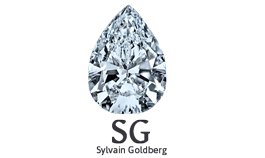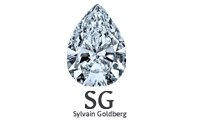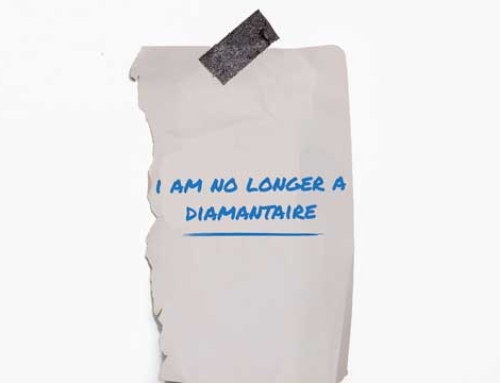Image: thefuturerocks.com
The Future Rocks is the new online marketplace for lab grown diamond jewelry. The Hong Kong based company which launched last year with six brands and 123 skus has now more than tripled its roster. In addition to incorporating lab grown diamonds, featured brands must use only recycled metals in their designs.
The curation combines more established concerns like Courbet based in Paris’ Place Vendôme and boasting investment from Chanel, with smaller more boutique outfits such as Japanese label Terra. Other interesting brands are Prmal (also Japanese), Loyal.e Paris, Maren from Germany and London based, B-Corp certified Monarc.
Recent signings include Unsaid which made its Paris Couture Week debut in July, presenting its fine jewelry collections at the Ritz when it also set a 30k record for world’s largest LGD. Perhaps the most technically innovative brand on the marketplace is The Raay. Some of its pieces reflect images or words coded into tiny mirrored facets on their surfaces.
The target customers are Millennials and Gen-Z, self-empowered twenty and thirty somethings to whose pro-sustainability leanings the recycled dimension of The Future Rocks’ portfolio appeals, who are drawn to brands with a story and who don’t rely on a partner to gift them says The Future Rocks co-founder and CEO Anthony Tsang.
“Everybody likes shiny things but the average price of a (natural) diamond is traditionally two months’ salary,” he continues. “We are providing a much more affordable price while pushing the boundaries with innovative designs.”
Essentially lab grown diamonds are produced by reactors using either a high pressure high temperature (HPHT) process or chemical vapor disposition (CVD). Both mimic the conditions under which natural diamonds are produced over millions of years, accelerating this to a couple of weeks.
“We don’t compare ourselves with natural diamonds we just provide a different option; the market is big enough,” says Tsang.
Tsang and business partner, chief design officer Ray Cheng who initially trained as an architect, both hail from marketing and entrepreneurial backgrounds rather than jewelry which gives them a different perspective, they say, in that they are unconstrained by tradition.
The marketplace which currently ships to 24 countries is available in English, Japanese and Korean language. French is next. The Future Rocks is working with its brand partners on both exclusives and capsule collections and focusing on local activations in target territories.
It is also looking with interest at the evolution of lab grown techniques to encompass other precious stones like emeralds and sapphires alongside materials such as carbon fiber.
“Our mission is to push a whole industry,” Tsang enthuses. “There is no other marketplace fully focused on LGDs so we are hopefully in the right place at the right time.”
Initially viewed with suspicion, lab grown diamonds have already experienced considerable traction within the affordable luxury market. De Beers group, world’s largest producer and distributor of natural diamonds introduced its accessibly priced LGD LightBox brand in 2018 while companies like Pandora followed suite.
However, this year Tag Heuer raised the stakes, featuring LGDs in its $376,000 Carrera Plasma watch. LVMH Luxury Ventures, the investment arm of its LVMH parent subsequently acquired a stake in Lusix, the company that produced the stones.
For his part, Tsang draws comparisons with the electric vehicle market. “15 years ago, everyone laughed at Tesla and now even Ferrari is getting into EVs.”
Actually you could add some more examples into the equation. Take leather alternatives. Now even Hermès is working with mushroom based leather — unimaginable only a few years ago. And while it’s unlikely that plant based alternatives will replace leather, that just what they are — alternatives.
And while digital fashion won’t replace the the real thing either because, let’s face it, we’re always going to need actual clothing, it doesn’t mean there isn’t a market for these virtual options.
From a purely commercial point of view, all brands are looking for additional streams of revenue and lab grown diamonds are shaping up to be an extremely lucrative one.







